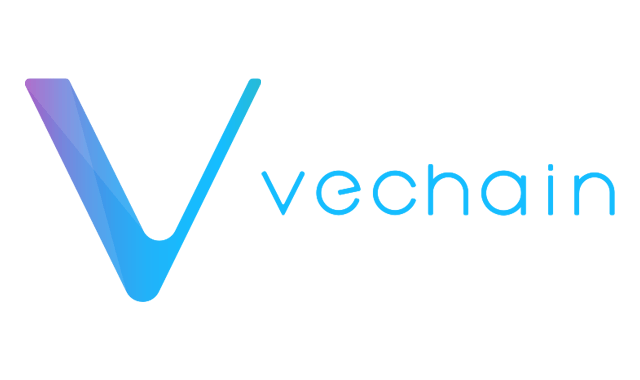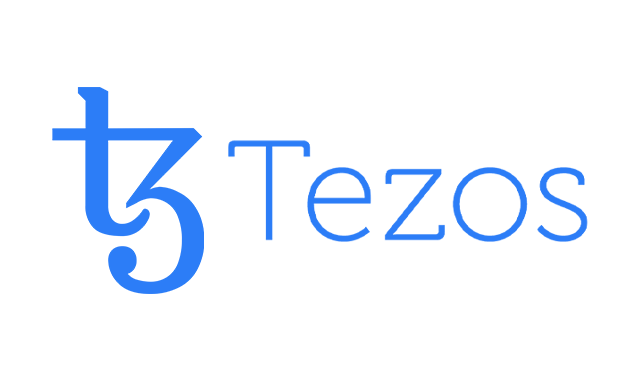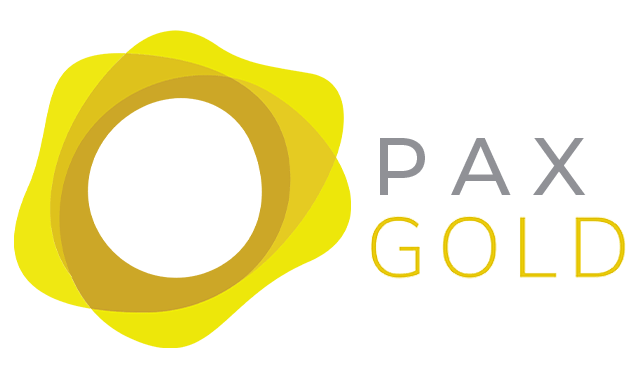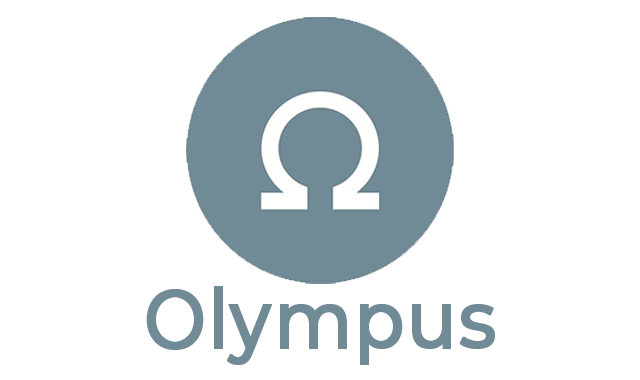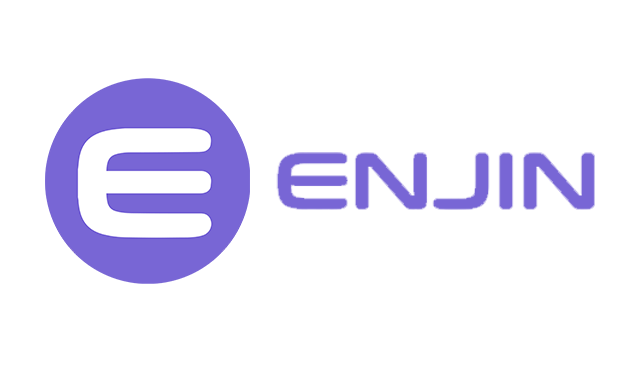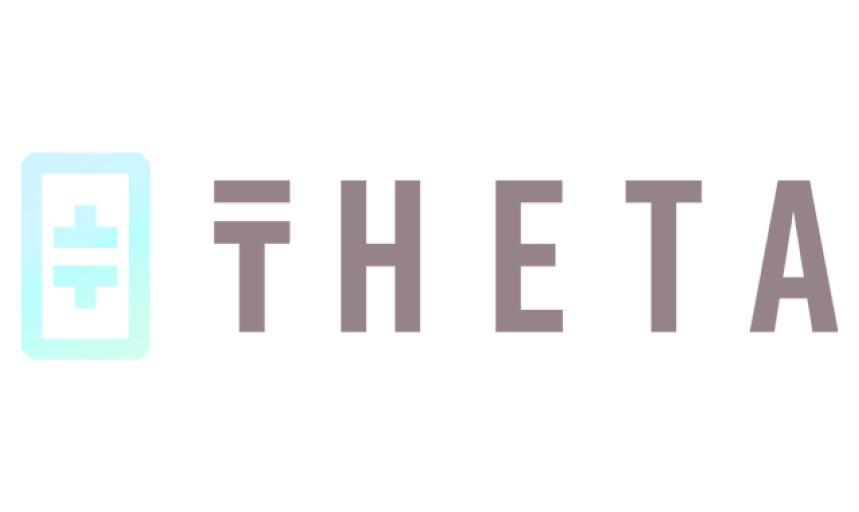The Power of Foundational Blockchain Technology!
Discover the bedrock of innovation. Explore Layer 1 blockchain solutions, shaping the future of crypto and beyond.
Ethereum
There’s been much buzz about Ethereum in recent years. It is the second biggest cryptocurrency by market capitalization, and some people tout it as the crypto of the future.
Ethereum came around when Bitcoin was on its way up. Then, in 2015, Vitalik Buterin published a paper outlining his vision for a blockchain or digital ledger computing platform with smart contracts.
Since then, Ethereum has soared to unimaginable heights and dropped to devastating lows. In this article, we’ll examine its characteristics, how to use it, its worth in US dollars, and more.
What is Ethereum (ETH)?
Building a variety of applications on Ethereum is made possible by the platform’s flexibility and adaptability. It has its own digital currency, called Ether or ETH, which is utilized for both transactional payments and as a mining incentive. Users can validate transactions and get rewards based on the amount of Ethereum they have according to the Proof of Stake (PoS) consensus mechanism of Ethereum.
Writing smart contracts and self-executing contracts stored on the digital ledger requires using the programming language Ethereum, Solidity. Using Ethereum smart contracts, one may construct decentralized independent organizations, manage digital assets, and automate complex financial transactions (DAOs).
Ethereum has become one of the most widely used blockchain platforms, with a vibrant developer community and a wide range of dApps and projects built on top of it.
The Technology Behind Ethereum
While there are some significant changes, Ethereum’s blockchain technology is comparable to Bitcoin’s. Because Ethereum is a programmable digital ledger, programmers can write smart contracts—self-executing contracts that autonomously enforce an agreement’s terms—using Solidity. This programming language is unique to the platform.
Here are some of the key technologies that make Ethereum possible:
- Blockchain: Like Bitcoin, Ethereum is built on a blockchain, sometimes known as a distributed record of transactions. A network of nodes is responsible for maintaining the digital ledger; they verify and add transactions to the chain.
- Smart Contracts: In Ethereum, self-executing programs are known as smart contracts. They can be used to automate the execution of financial transactions or the transfer of assets to enforce agreements between parties.
- Gas: Gas fuels the cryptocurrency network. The transaction costs and fees on the network are the gas that must be paid for each transaction to be added to the digital ledger and verified by other nodes.
- Ether: Ethereum serves as the Ethereum network’s native coin. In addition to being used to pay for gas, it acts as a value store.
- Consensus Mechanism: Using the Proof-of-Work consensus method, Ethereum verifies transactions and adds them to the digital ledger. Ethereum is implementing the Proof-of-Stake (PoS) consensus technique, which is projected to be quicker and more energy-efficient than PoW.
5 ETH Developmental Phases
Since its creation, Ethereum has been through several developmental stages. Five of the more notable phases are listed below:
- Frontier (2015): This was the original stage of Ethereum when programmers could test the technology and create decentralized apps (dApps) on the network. The network was heavily experimental, and there were no GUIs.
- Homestead (2016): A more stable version of Ethereum with enhanced security and bug fixes was introduced during the Homestead phase. Moreover, the Solidity programming language was released, which made it simpler for programmers to create programmatic contracts.
- Metropolis (2017-2019): Byzantium and Constantinople were the two hard forks that comprised the Metropolis phase. These hard forks added new features like account abstraction, zk-SNARKs, and state channels. Also, this phase concentrated on enhancing user convenience and network scalability.
- Serenity (2020-2021): As part of the Serenity phase, sometimes referred to as Ethereum 2.0, the network’s proof-of-work consensus mechanism will be replaced with a proof-of-stake (PoS) consensus method. Shard chains are also introduced during this phase, enhancing the network’s scalability.
- The Merge (2022- present): The Merge will be the last action in converting Ethereum to ETH 2.0. To completely implement PoS consensus, the ETH 2.0 Beacon Chain and the Ethereum mainnet must be merged.
How does Ethereum work?
Smart contracts, self-executing computer programs that can autonomously enforce an agreement’s terms, are the Ethereum foundations functionality. dApps can be built using self-executing contracts and run on Ethereum without requiring a central authority to supervise and approve transactions.
Ethereum uses a consensus technique known as Proof-of-Work (PoW) to verify transactions and uphold network security. Yet Ethereum intends to switch to a Proof-of-Stake (PoS) consensus method soon, lowering its energy usage and improving its scalability.
The native cryptocurrency of Ethereum is known as Ether (ETH), and it can be used as a store of value and to pay gas fees. In addition, initial coin offers (ICOs) and other token sales on Ethereum are also funded and taken part in using ether.
Anybody can join the network by operating a node and contributing to the transaction validation thanks to its public blockchain, which allows for this. Building private or permissioned Ethereum is also an option, albeit this is more common for business use cases.
What Makes Ethereum (ETH) Unique?
Here are some of the key factors that set Ethereum apart:
- Smart Contract Capabilities: Ethereum was designed to be more than just a cryptocurrency. It allows developers to create and execute automated contracts, self-executing contracts that can automate complex financial transactions and other types of agreements. This makes Ethereum a popular platform for building dApps.
- Decentralized Applications (dApps): Ethereum is a decentralized blockchain that allows developers to build dApps without the need for a centralized authority. This means that dApps can be more secure and transparent than traditional applications relying on centralized servers.
- Tokenization: Ethereum allows developers to create and manage their own tokens on the digital ledger. This has led to numerous ERC-20 tokens being used for various purposes, such as fundraising and loyalty programs.
- Proof of Stake: Ethereum is currently in the process of transitioning from a proof-of-work (PoW) consensus algorithm to a proof-of-stake (PoS) algorithm. PoS is considered more energy-efficient and secure than PoW, which requires miners to solve complex mathematical problems to validate transactions. The minimum requirement for a Staked ETH is 32 ETH.
- Ethereum Virtual Machine (EVM): Ethereum has its own virtual machine, allowing developers to create and execute digital contracts in various programming languages. This makes it easier for developers to build and deploy dApps on the Ethereum blockchain.
Community and partnerships of Ethereum (ETH)
Some of the partnerships and collaborations that the Ethereum community has established include the following:
- Enterprise Ethereum Alliance (EEA) – a collaboration of over 200 companies, including Microsoft, Intel, and JP Morgan, aiming to develop and promote Ethereum digital ledger technology in the enterprise sector.
- ConsenSys – a blockchain software development company heavily involved in the Ethereum community. ConsenSys has created numerous Ethereum-based projects and has partnered with several companies to develop digital ledger-based solutions.
- MakerDAO – a decentralized finance (DeFi) platform built on Ethereum. MakerDAO has created a stablecoin called Dai, which is backed by collateral and is used as a medium of exchange in the Ethereum ecosystem.
- Uniswap – a decentralized exchange (DEX) built on Ethereum. Uniswap allows users to trade cryptocurrencies without relying on centralized intermediaries.
- Polygon (formerly Matic Network) – a Layer 2 scaling solution for Ethereum. Polygon aims to improve the scalability and usability of Ethereum by offering faster and cheaper transactions.
Where to sell or buy Ethereum?
There are many online exchanges and trading platforms where you can sell or buy Ethereum. Some of the most popular options include:
- Coinbase
- Binance
- Kraken
- Gate.io
- Bitfinex
- OKX
- WOO X
- Gemini
How can Ethereum (ETH) be mined?
Here are the steps to mine ETH:
- Acquire a mining rig: Mining Ethereum requires specialized hardware, such as a GPU (graphics processing unit) or ASIC (application-specific integrated circuit) miner. You can build your own rig or purchase one from a hardware vendor.
- Install mining software: After setting up your mining rig, you need to install mining software, such as Claymore, PhoenixMiner, or Ethminer, which will allow you to connect your rig to Ethereum.
- Join a mining pool: Ethereum mining is competitive, so joining a mining pool can increase your chances of earning a reward. In a mining pool, miners combine their computational power to solve blocks and share the rewards.
- Start mining: Once you’ve set up your mining rig, installed the software, and joined a mining pool, you can start mining Ethereum by running the mining software.
- Receive rewards: As you contribute computational power to solve blocks, you’ll earn rewards in the form of newly minted Ethereum, which will be added to your digital wallet.
How does Ethereum (ETH) compare against its competitors?
In terms of market capitalization, Ethereum is the second-largest cryptocurrency after Bitcoin and is often considered the leading smart contract platform. In addition, Ethereum is an open-source platform that enables developers to build dApps using its digital ledger technology. As a result, it has become a popular platform for creating DeFi applications, non-fungible tokens (NFTs), and other blockchain-based products and services.
Compared to its competitors, the main advantage of Ethereum is its strong developer community and ecosystem, which has resulted in a broad range of dApps and tokens being built on the platform. Additionally, Ethereum has the ability to support smart contracts making it a more versatile platform than other cryptocurrencies.
However, Ethereum faces several challenges, including high gas fees, scalability issues, and competition from other smart contract platforms like Cardano, Solana, and Polkadot. These competitors offer different approaches to solving the scalability issues that Ethereum faces, and some also offer unique features, such as interoperability between different digital ledger networks.
Ethereum History
Ethereum’s price history started with Vitalik Buterin. He first suggested Ethereum, a deconcentrated, open-source blockchain technology, in 2013. He is one of eight co-founders who worked on Ethereum in 2014. Along with Buterin, there were several other Ethereum co-founders, including Gavin Wood, Anthony Di Iorio, Charles Hoskinson, and Joseph Lubin. Each of these individuals played an important role in the development and helped to shape its vision and direction. But Gavin Wood is the coder behind the first technical implementation of Ethereum using C++ programming language. He also proposed the native programming language, Solidity. Additionally, Wood served as the first CTO of the Ethereum Foundation.
The development of Ethereum started in 2014 with the selling of Ethereum tokens in an open crowd sale that brought in more than $18 million. The ETH token, which serves as the Ethereum blockchain’s native currency, pays for transactions and gives miners incentives to run network operations.
The Ethereum Frontier version, sometimes known as Ethereum 1.0, was launched in July 2015. In addition, smart contracts were introduced, which are self-executing contracts that may be created to execute automatically when certain conditions are satisfied. This enabled programmers to build various decentralized applications on the Ethereum blockchain network.
The DAO (Decentralized Autonomous Organization) was introduced in 2016 on the Ethereum network. The DAO was a deconcentrated investment fund that had, at the time, amassed more than $150 million in Ethereum tokens, making it the most lucrative crowdfunding venture ever. Yet only a few weeks later, the DAO was compromised, and more than $50 million was taken. As a result, the Ethereum community decided to undertake a hard split to address the issue, creating two digital ledgers: Ethereum and Ethereum Classic.
Despite Ethereum, the second-largest cryptocurrency by market capitalization dropping to $80, it is still experiencing an impressive 18,000% increase in price between 2017 and 2018. In November 2021, it achieved a new all-time high of over $4,800. However, the Byzantium hard fork, which Ethereum executed, brought about several enhancements to the Ethereum network, including decreased transaction fees and quicker processing. The popularity of ICOs (Initial Coin Offerings) and the rising number of dApps being developed on the Ethereum blockchain were two reasons that contributed to this.
With the launch of Ethereum Version 2 in 2018, the cryptocurrency underwent a significant upgrade process intending to address some of the scalability and security concerns the blockchain was experiencing. This improvement is being introduced in stages, with the first phase beginning in December 2020.
The London upgrade went live in August 2021. It included five Ethereum Improvement Proposals (EIPs), namely EIP-3529, EIP-3198, EIP-3541, and most notably, EIP-1559 and EIP-3554.
In May 2021, they published a 2.0 upgrade of Ethereum, adding Proof of Stake consensus to improve scalability, security, and energy efficiency.
ETH Price Statistics
ETH Price Statistics
ETH Market Cap
The daily trading volume
What is the all-time high and all-time low for Ethereum (ETH)?
Related Crypto
